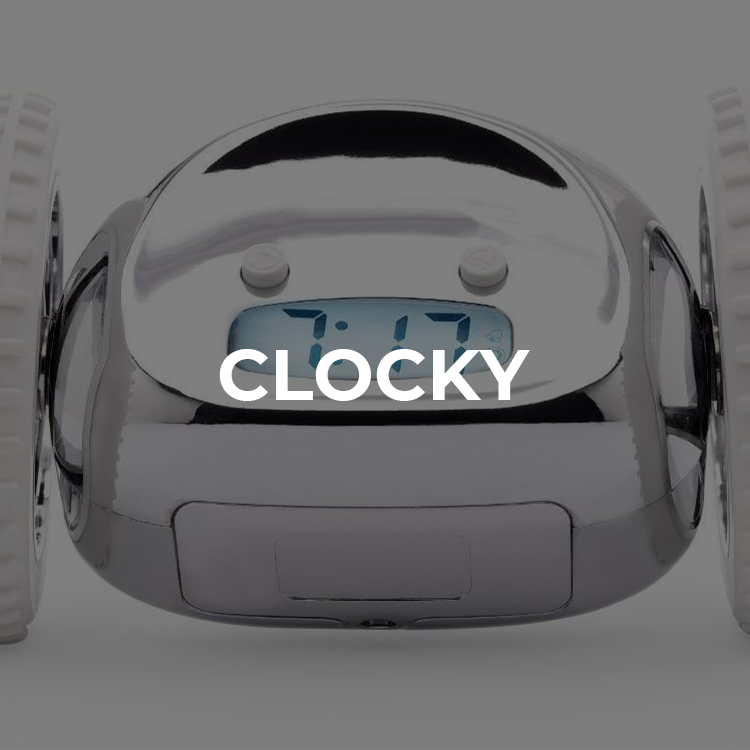Re: Flattened One Hander Off of Korda Like Preparation
I'm thinking, with 1-8 grip, the racket tip is quite far around-- more around than up. And the racket at that point-- when rear shoulder has just risen-- is therefore parallel to court and inviting a long, pure, horizontal bonk from the butt rim.
The best cue then may be to pull hard but not jerk on that rim with whatever the muscles that react to the command.
Arm will be straight for last instant roll.
No farther roll after contact.
Triceps definitely will be part of what straightens arm. But centrifugation of passive arm definitely works better for the alternate "fanned" shot, which produces light but effective topspin, very good, say, to lift the ball high and then to bounce it high.
I'm thinking, with 1-8 grip, the racket tip is quite far around-- more around than up. And the racket at that point-- when rear shoulder has just risen-- is therefore parallel to court and inviting a long, pure, horizontal bonk from the butt rim.
The best cue then may be to pull hard but not jerk on that rim with whatever the muscles that react to the command.
Arm will be straight for last instant roll.
No farther roll after contact.
Triceps definitely will be part of what straightens arm. But centrifugation of passive arm definitely works better for the alternate "fanned" shot, which produces light but effective topspin, very good, say, to lift the ball high and then to bounce it high.





Comment